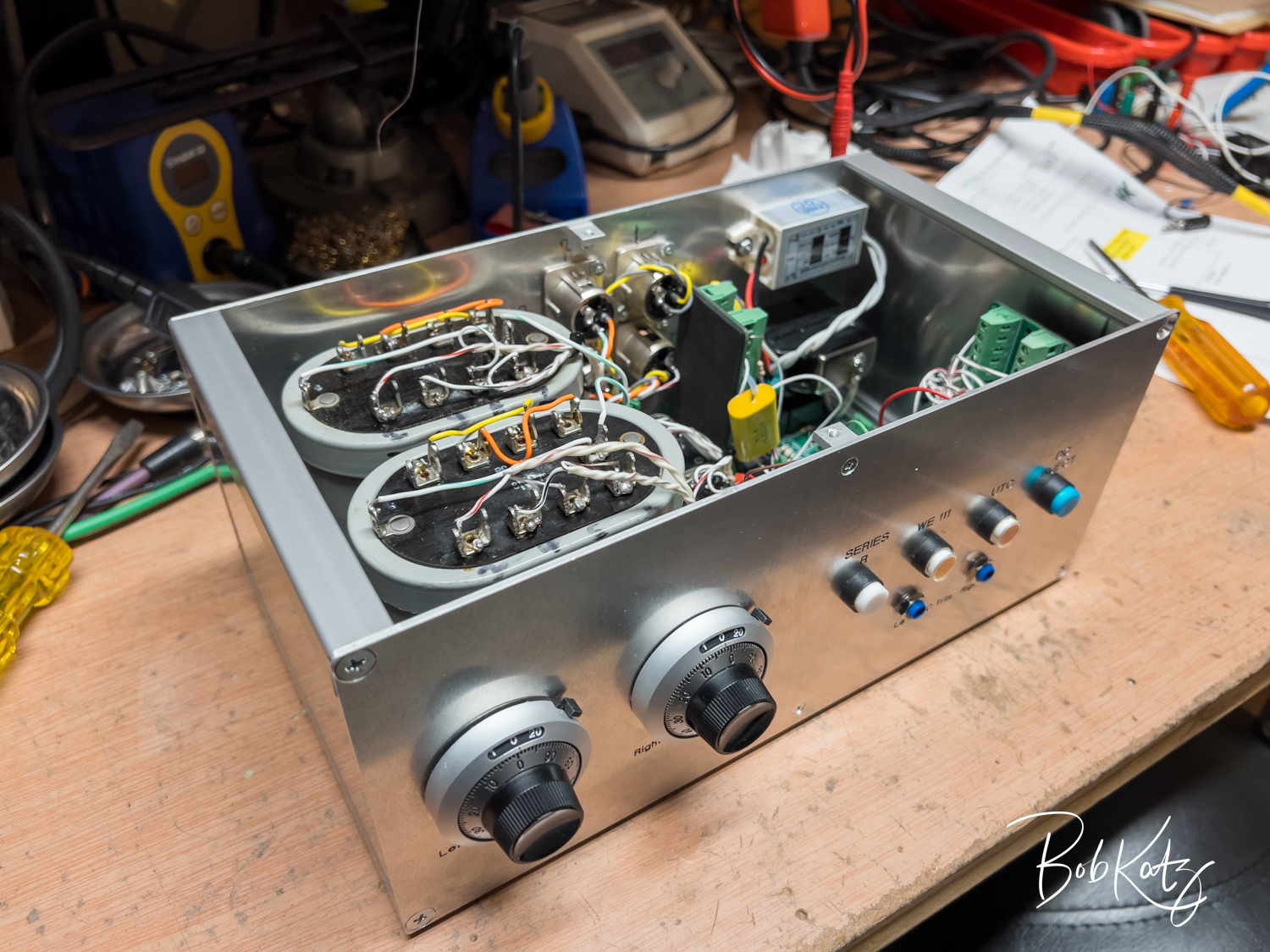So somebody is taking super $$$ vintage transformers, that were, btw, expensive to begin with because they were designed to have wide freq response and low distortion - and deliberately running DC through the windings to make them distort and do unnatural things? Is that what I'm seeing here? And, people are doing this because why? Because the sound they are hearing is somehow not good enough such that the addition of this one thing, this one special thing is going to make it into something it could not possibly ever be without the use of this one special thing?
The use of controls that look like combination locks portrays a sense of humor and I can relate to that. You know, you'd have to squint and strain your hearing, even in a dead silent room to detect the fleeting sound of those tumblers falling into place. Then the whole room is jumping up and down with excitement - "We heard it - We heard it!!!!!!" Kind of like when the engineer replays the isolated passage of music back to do an A/B comparison for the 42nd time as he explains to the band how the processed version is now much more . . . . . (insert your fav sonic adjectives here, suffixed by "-centric" of course!)
If the idea is to booger up the sound in that manner, the immediate answer would seem to be- try anything . . . . . do we need a coin flip to pick from upscale vintage market price monstrosities or the pile that would go into the garbage can if it weren't for ebay? What is subtle to the audio is an out of control sledgehammer on the wallet in some cases.



